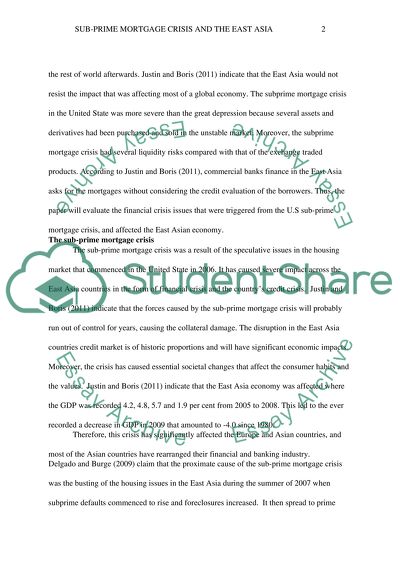Cite this document
(“Sub-Prime Mortgage Crisis and the East Asia Research Paper”, n.d.)
Sub-Prime Mortgage Crisis and the East Asia Research Paper. Retrieved from https://studentshare.org/macro-microeconomics/1445847-macro-theory-of-current-topics-sub-prime-mortgage
Sub-Prime Mortgage Crisis and the East Asia Research Paper. Retrieved from https://studentshare.org/macro-microeconomics/1445847-macro-theory-of-current-topics-sub-prime-mortgage
(Sub-Prime Mortgage Crisis and the East Asia Research Paper)
Sub-Prime Mortgage Crisis and the East Asia Research Paper. https://studentshare.org/macro-microeconomics/1445847-macro-theory-of-current-topics-sub-prime-mortgage.
Sub-Prime Mortgage Crisis and the East Asia Research Paper. https://studentshare.org/macro-microeconomics/1445847-macro-theory-of-current-topics-sub-prime-mortgage.
“Sub-Prime Mortgage Crisis and the East Asia Research Paper”, n.d. https://studentshare.org/macro-microeconomics/1445847-macro-theory-of-current-topics-sub-prime-mortgage.


